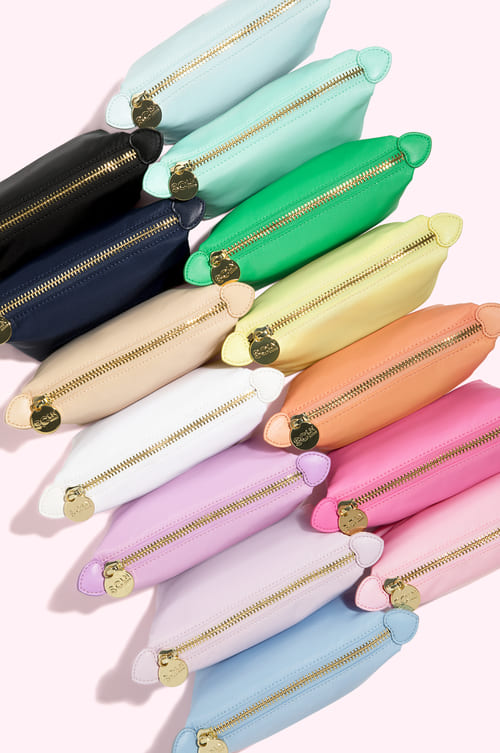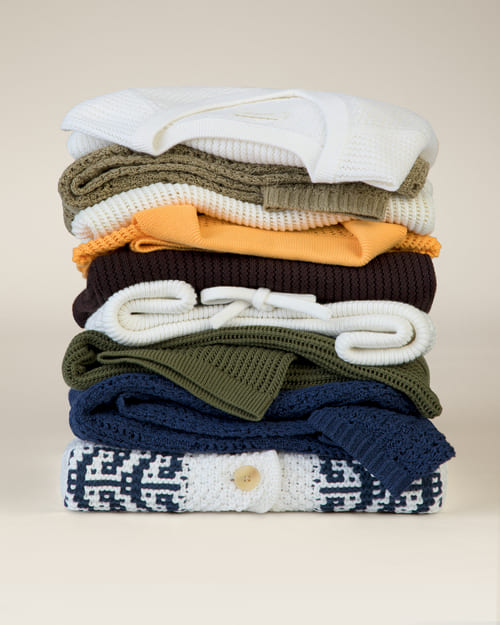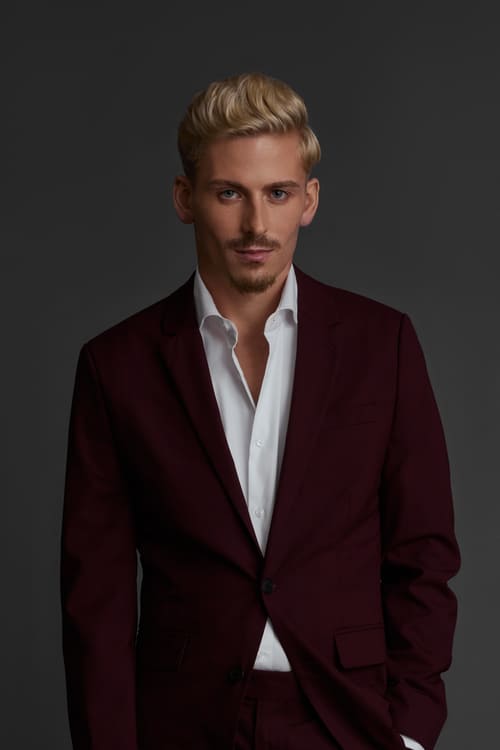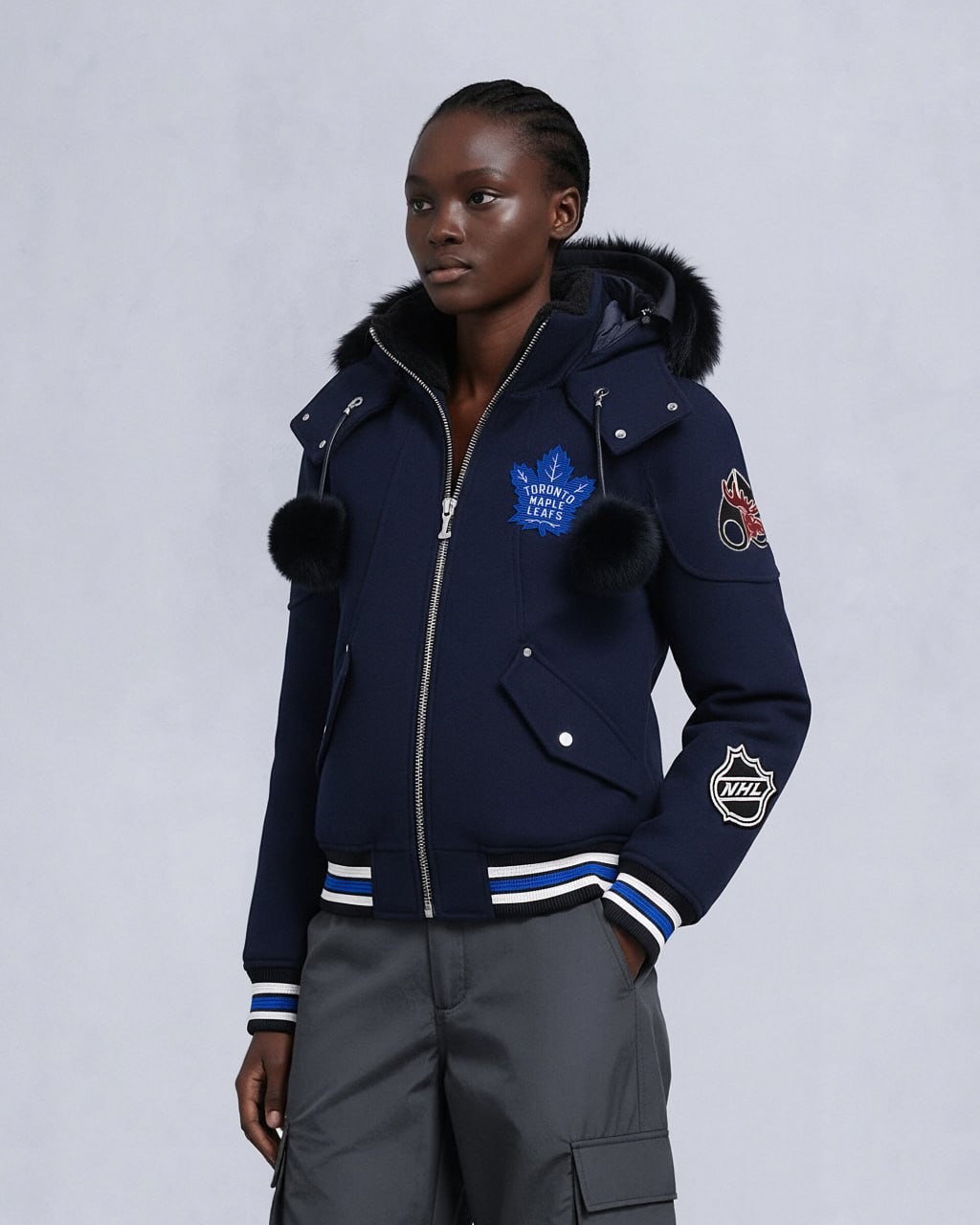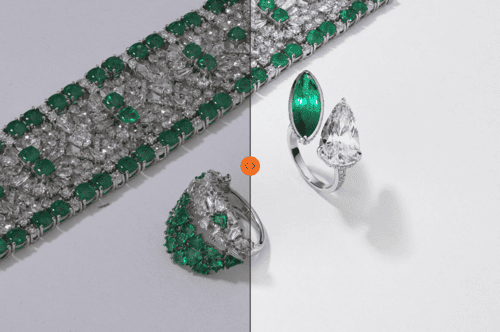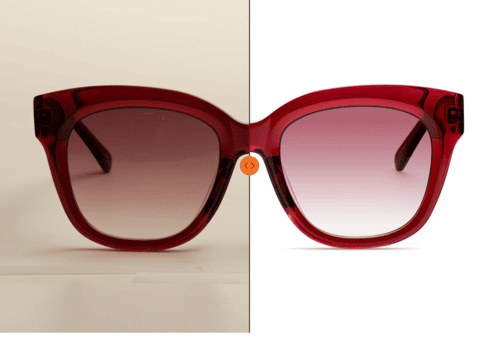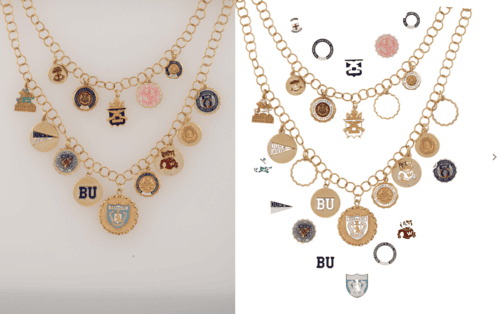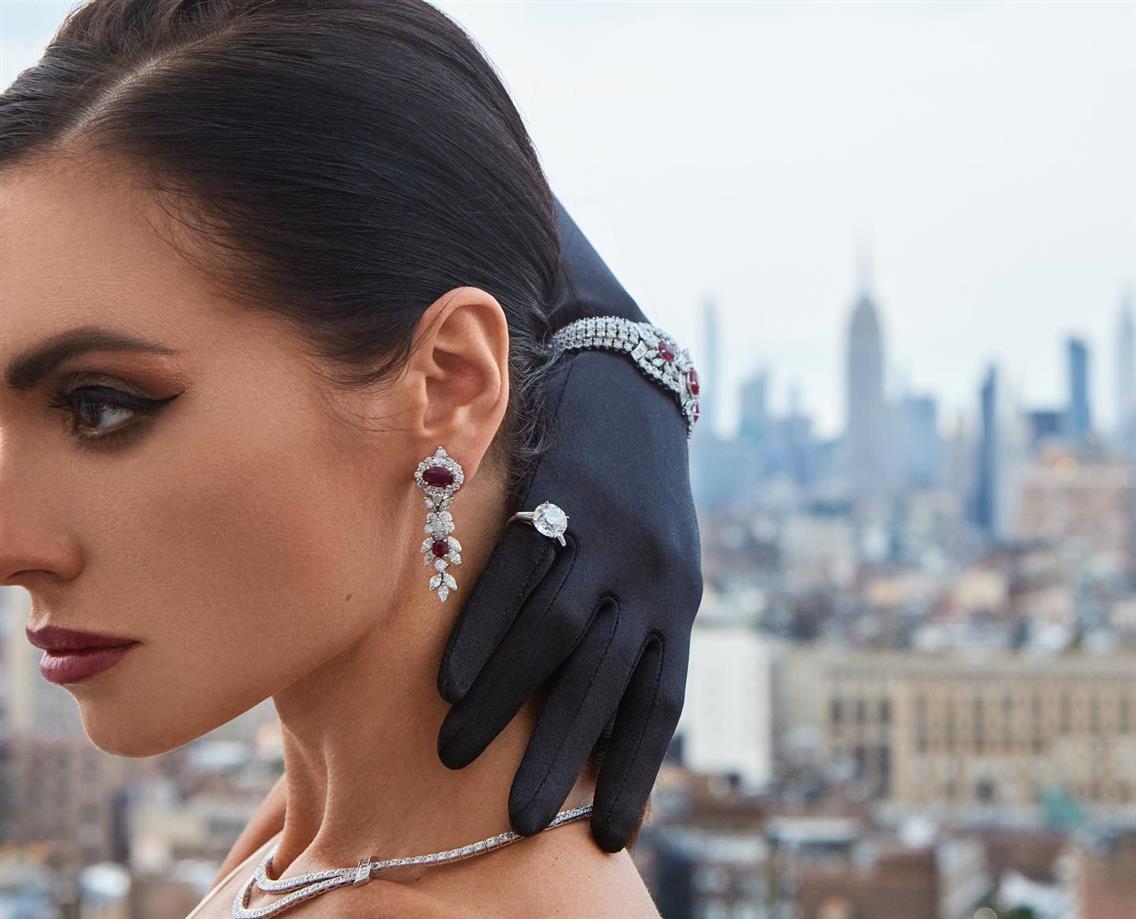Introducing Open Light Product Photography
Most product photography follows a standard playbook: place the item on a white background, illuminate it with soft, even light from all directions inside a lightbox, and consider it done. It works for basic catalog needs, but it doesn't make people want to buy.
Think about the last time you saw a product in person. A silk dress moves differently when you catch it in natural light. Sneakers on a shelf feel solid and textured in a way photos rarely capture. Lip gloss, fabric, gemstones, each has details that make them irresistible in real life but often look flat on a screen.
That disconnect is one of the biggest challenges for e-commerce brands. The physical world gives customers dimension, texture, and movement. Online, you only have visuals to do the work, and if those visuals fall short, your product instantly feels less desirable. The light makes the difference, specifically, how that light moves across surfaces, creates shadows, and brings textures to life.
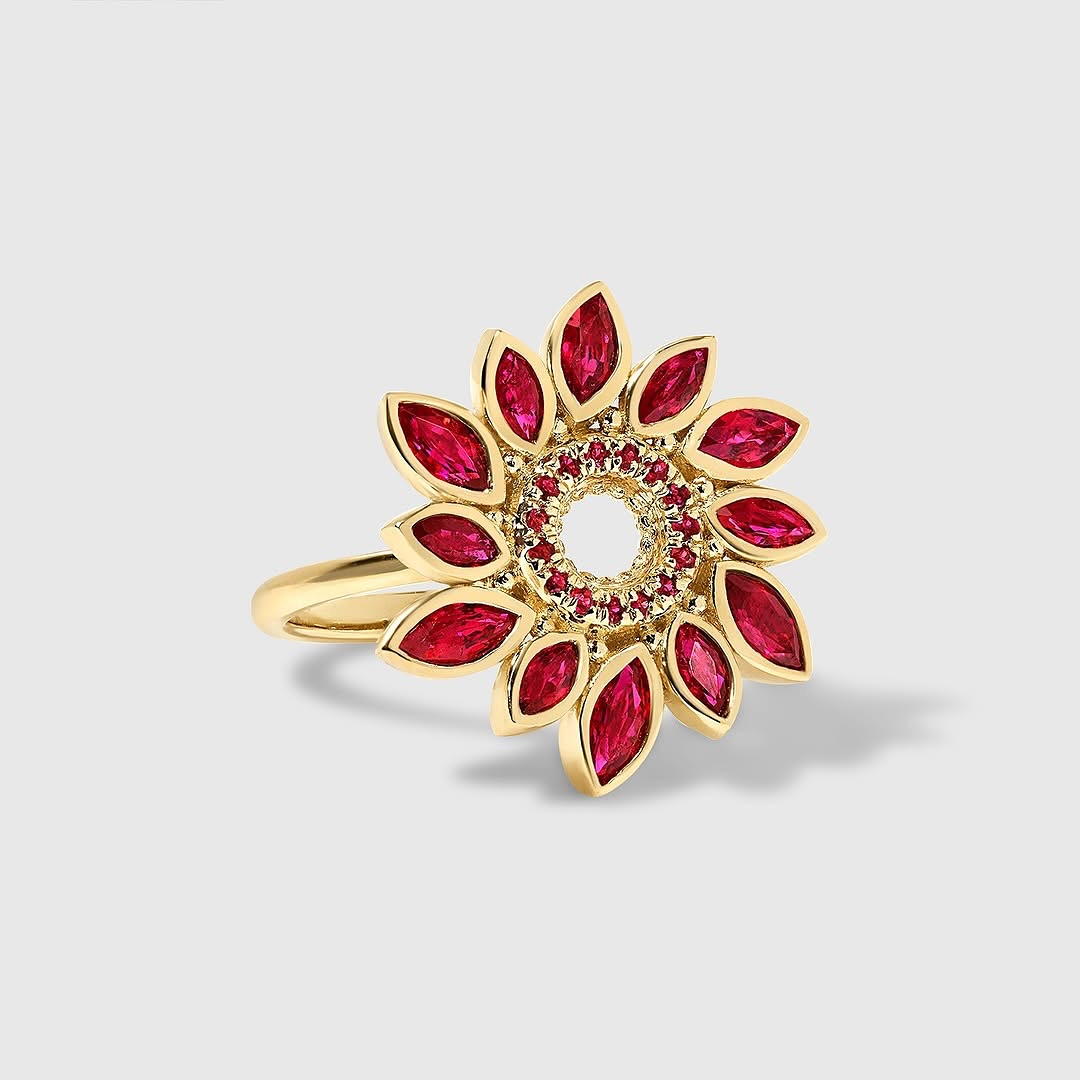
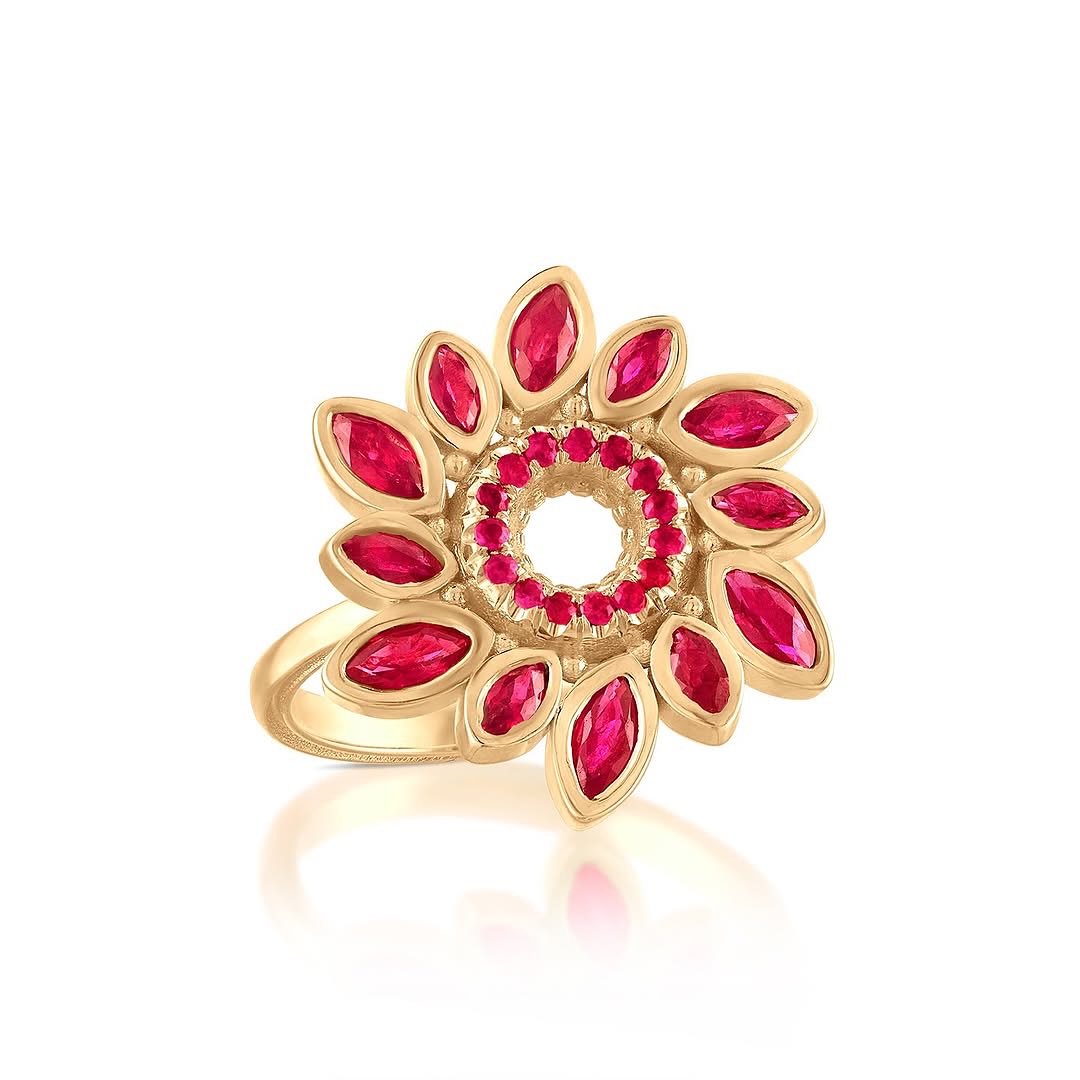
What Open Light Product Photography Actually Does
Open light photography technique strategically positions multiple light sources at angles to sculpt the item visually, emphasizing texture, folds, and quality.
For jewelry this means:
Your jewelry actually sparkles. Gemstones show their fire. Metal surfaces reveal their true finish instead of looking like painted plastic. Textures become obvious, and you can almost feel the leather grain or fabric weave just by looking at the photo.

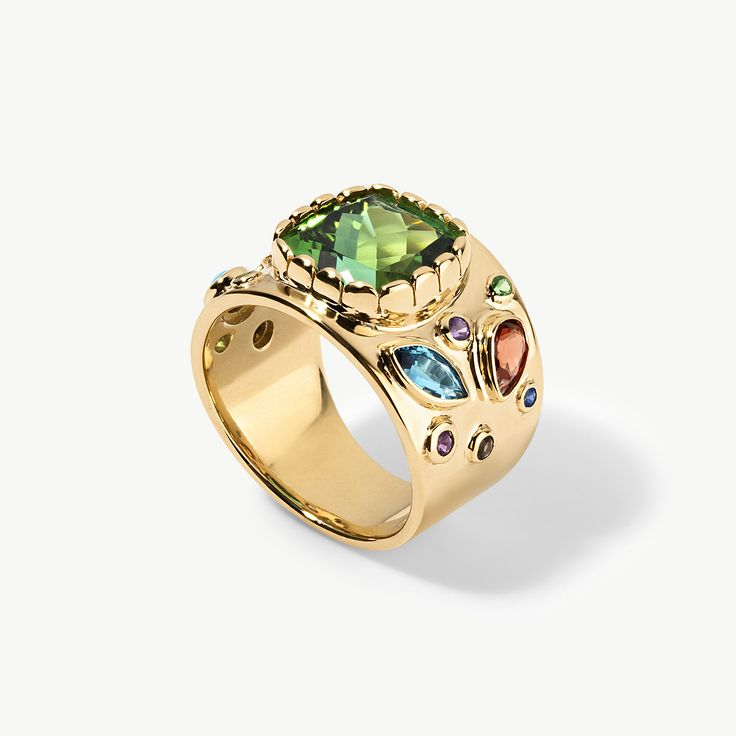


The technique requires more skill and better equipment than standard photography. Photographers need multiple light sources, precise positioning, and someone who understands how different materials interact with light. But the results speak for themselves.
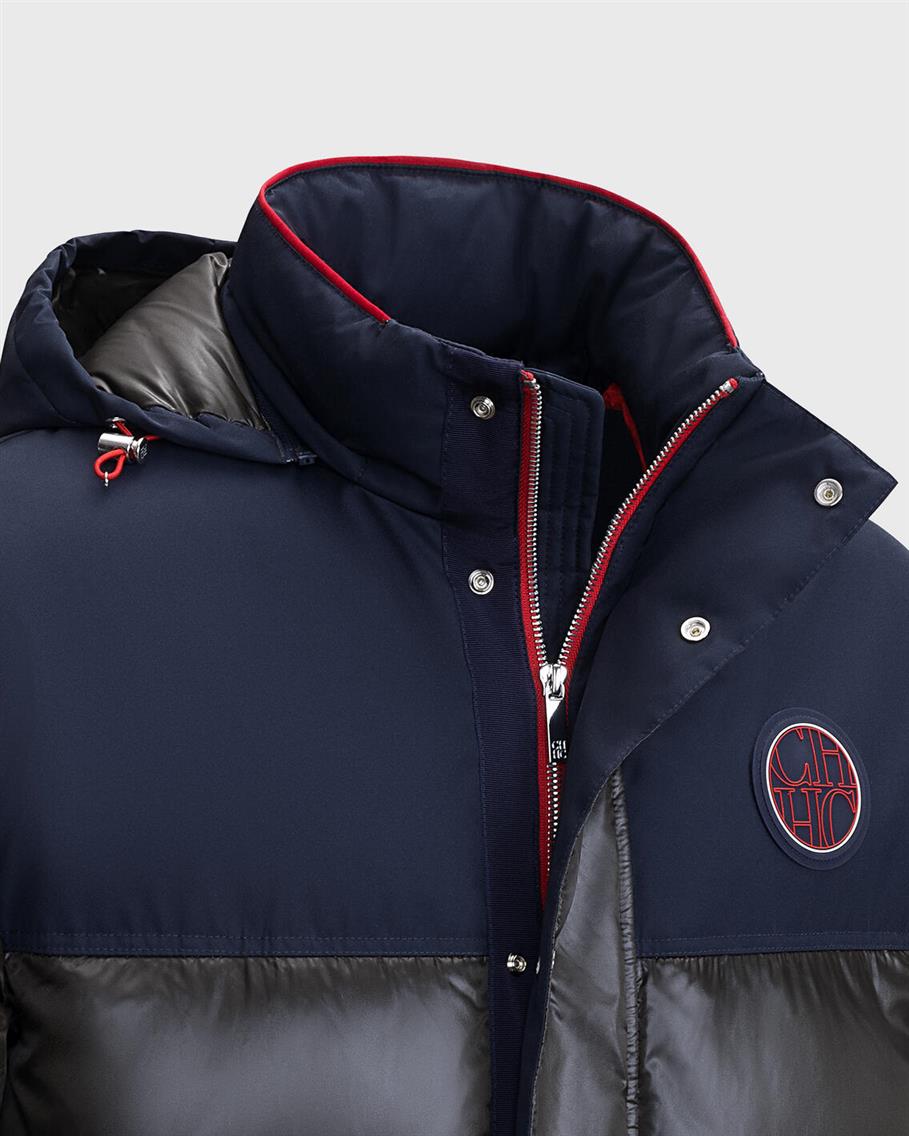 | For apparel this means: The fabric’s texture and weave become clearly visible, so you can almost feel the softness of cotton or the roughness of denim just by looking. Shadows and highlights define seams, pleats, and draping, adding depth to otherwise flat images. Subtle variations in surface, like the sheen on silk or the matte finish on wool, are accurately conveyed, avoiding a lifeless, painted look. The outcome is apparel photography that visually communicates material quality, craftsmanship, and fit, making garments and accessories come alive in images. |
Open light is a universal photography technique applicable across numerous all product categories. In product photography beyond apparel and jewelry, it adds depth and realism to items like electronics, cosmetics, glassware, and accessories by carefully controlling shadows and highlights. Enhances textures such as wood grain on furniture, brushed metal on gadgets, or fabric weave on bags, making products appear tactile and high-quality. Draws attention to critical design details like logos, embossing, or surface finishes by using directional lighting to sculpt these features visually. |  |
At LenFlash studio, we've developed specific setups for open light photography creation that work with different materials. Because what works for gold jewelry won't work for matte electronics. You need multiple light sources, precise positioning, and years of experience understanding how different materials interact with light. But the results speak for themselves.
How Different Product Photography Styles Stack Up
White Background Photography. This is what most marketplaces require. Pure white backgrounds, no shadows, consistent lighting across everything. It's clean, it's standardized, and it meets technical requirements.
But it might look flat and lack differentiation. A $50 item and a $500 item can look identical in terms of quality, because traditional white background photography masks details. As a result, you're competing purely on price and features, not on the actual appeal of your product.
But this is the cheapest option and fastest to produce, which is a perfect fit for generic products. You can shoot dozens of products in a day, and every marketplace accepts these photos without question.

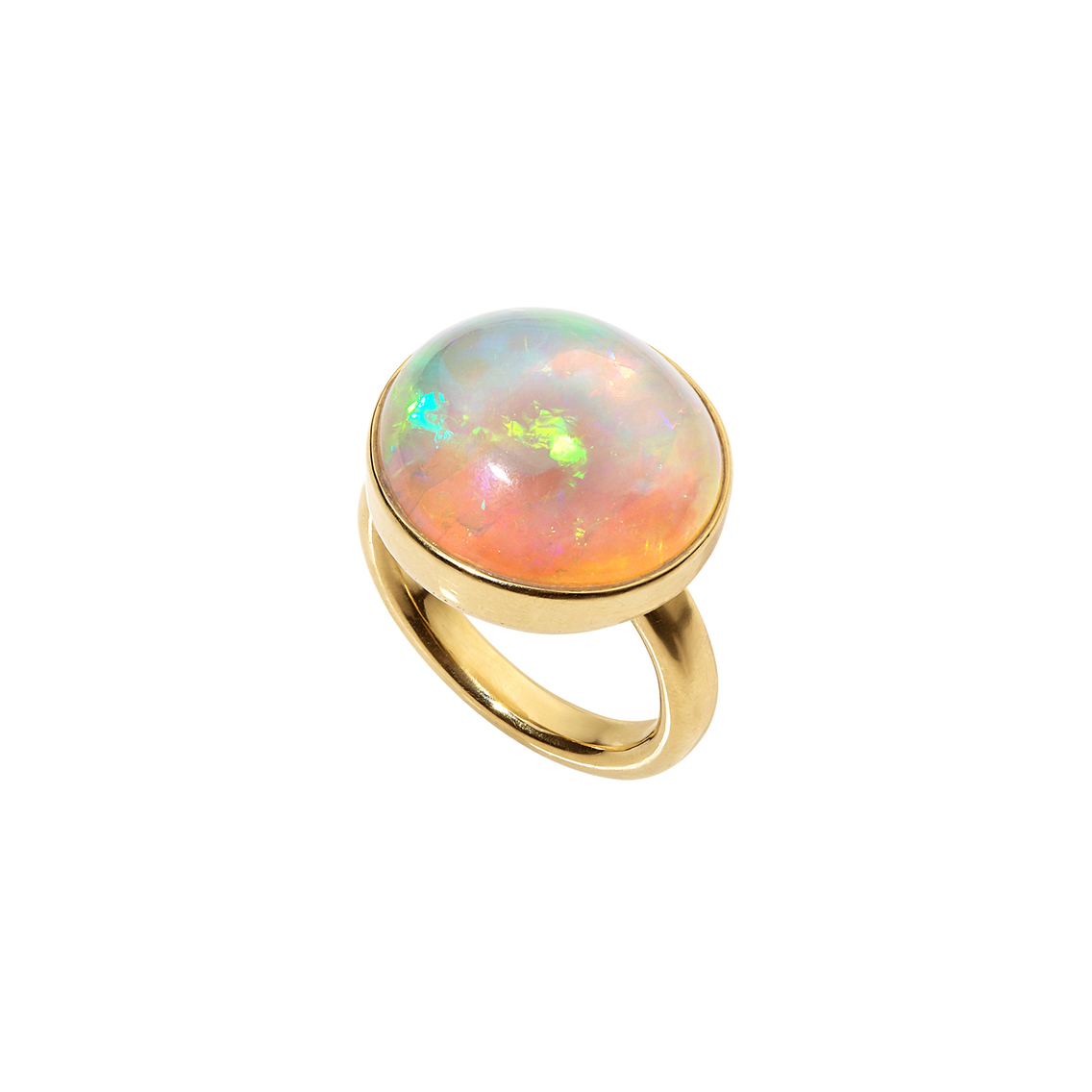
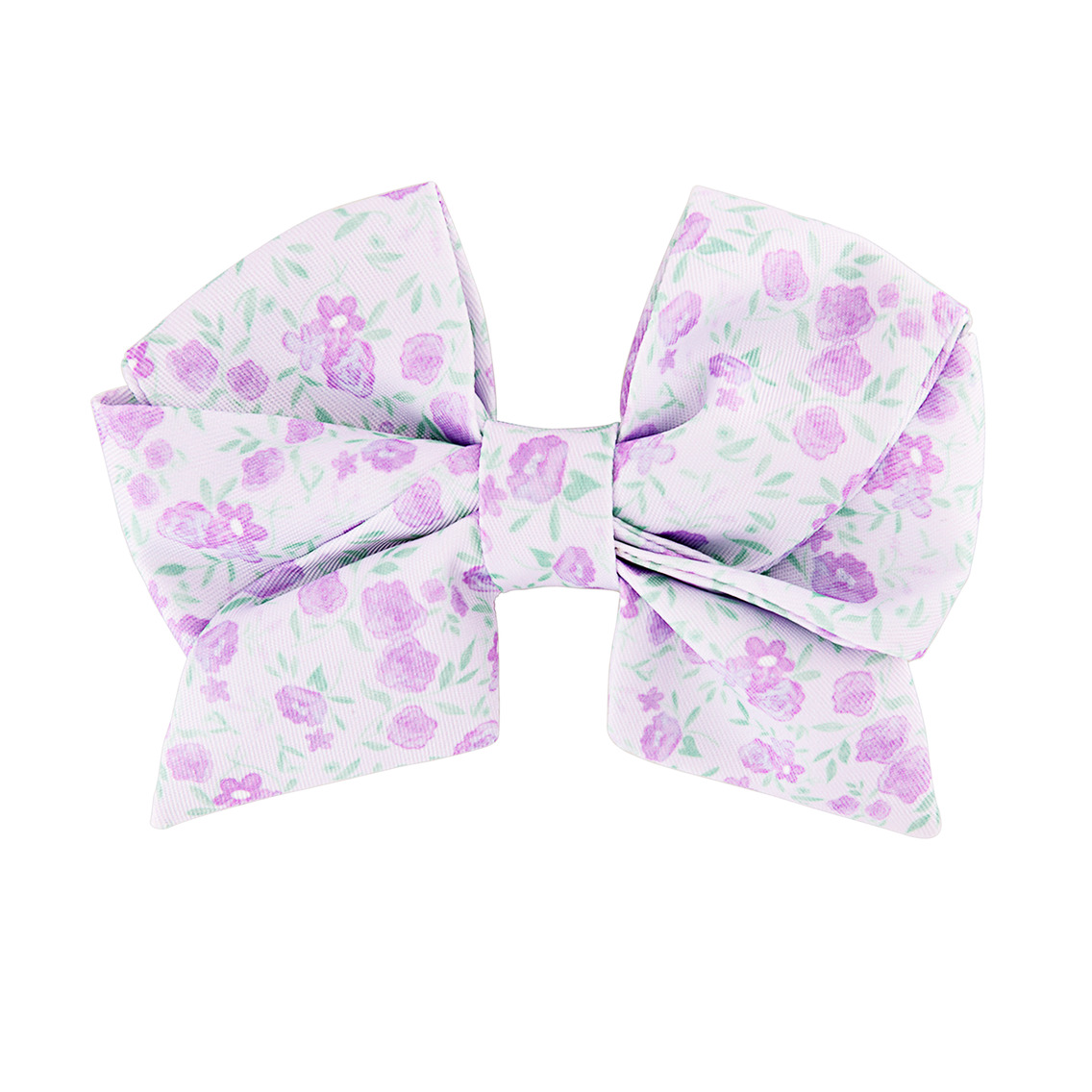
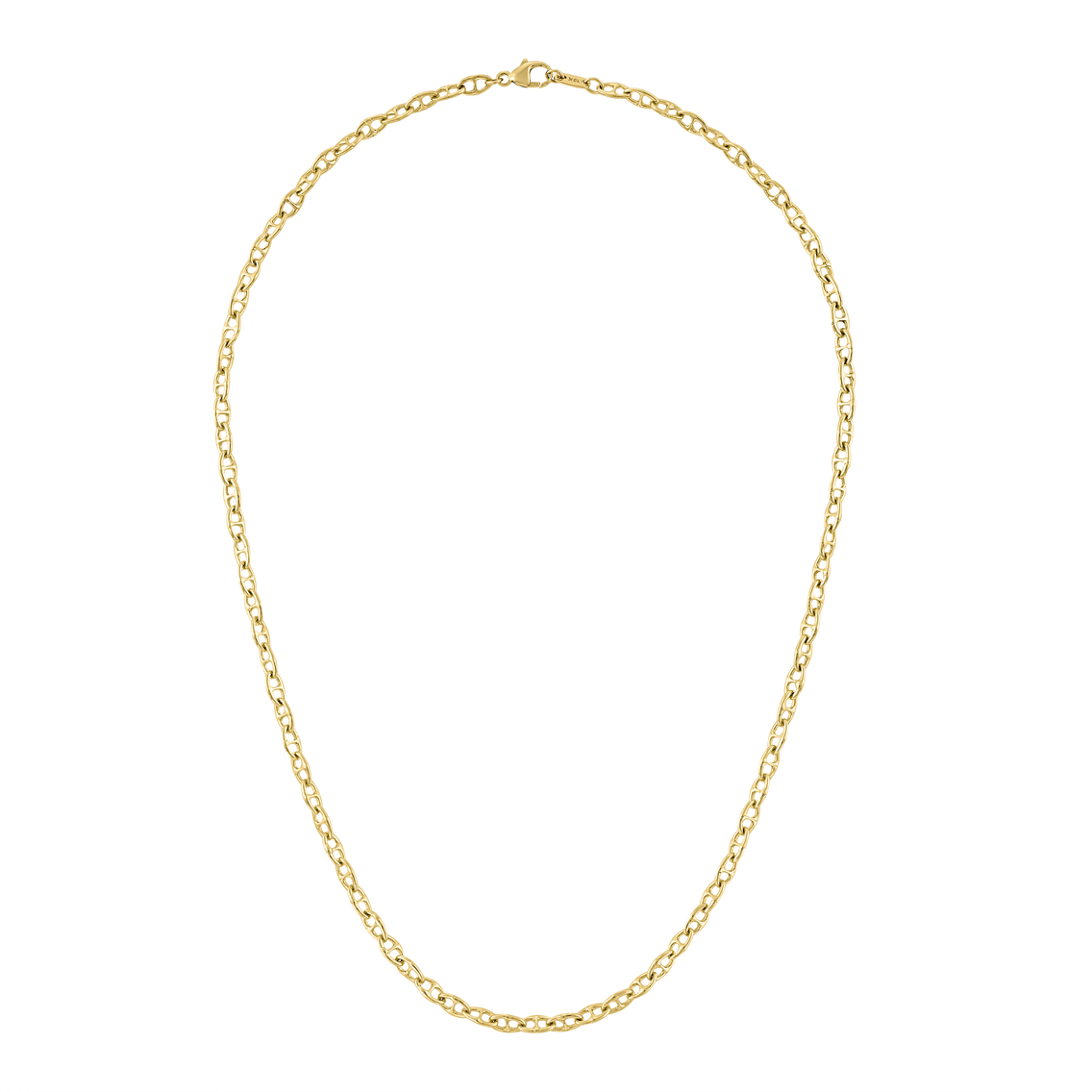
Off-White Photography. This is a step up from pure white backgrounds. Think soft cream, light gray, or subtle gradients. You get gentle shadows and more natural-looking light, which makes products appear less sterile than the stark white approach. It's a middle ground that keeps things clean but adds a bit more visual interest and depth to your shots.
The cost is slightly higher than pure white since it requires more careful lighting control, but it's still relatively affordable. The main limitation? While it looks more natural than stark white, it still doesn't make products pop off the screen or justify premium pricing.


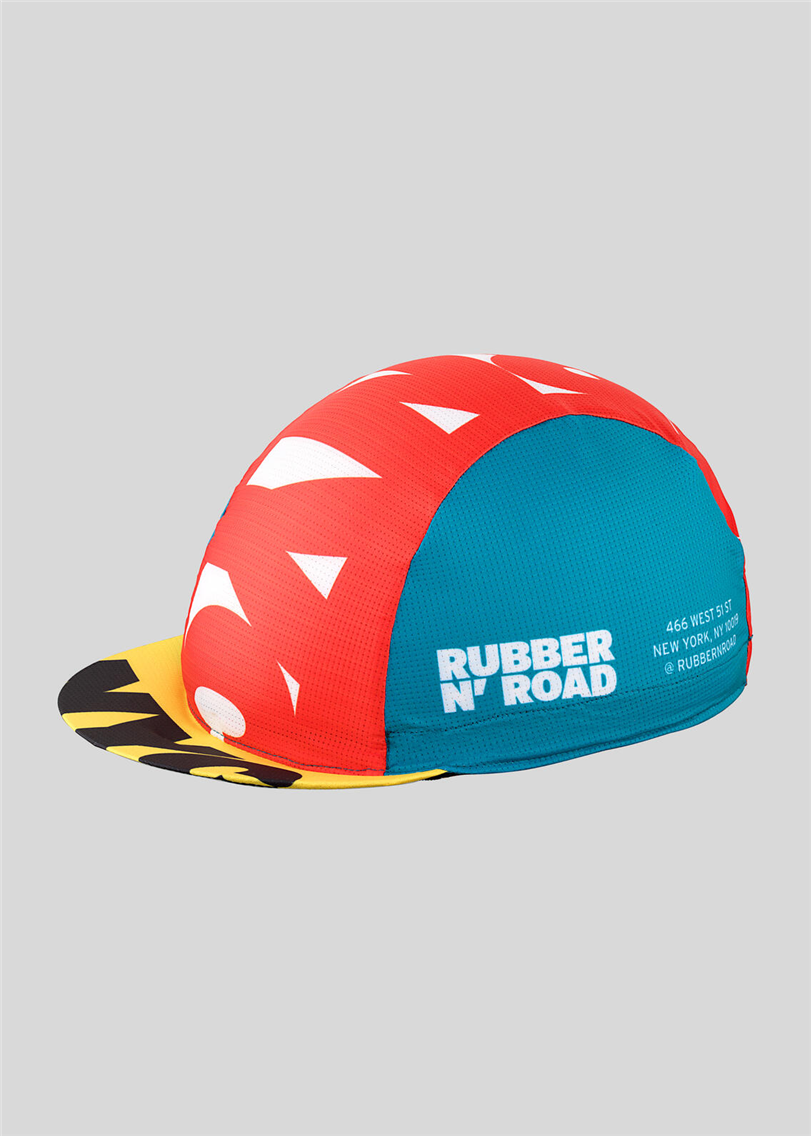
Open Light Photography. This approach keeps the focus entirely on your product while making it look three-dimensional and premium. Keep in mind that this style works on any website background, even marketplaces have already said ‘yes’ to product shots that go beyond a pure white background and even light. Because the impact of open light product photography is obvious. It makes people stop scrolling.
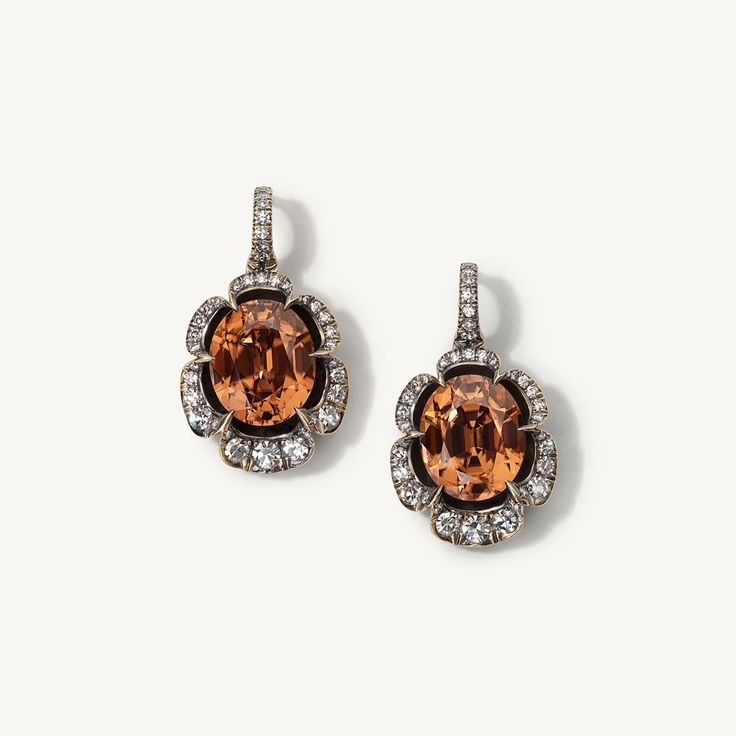
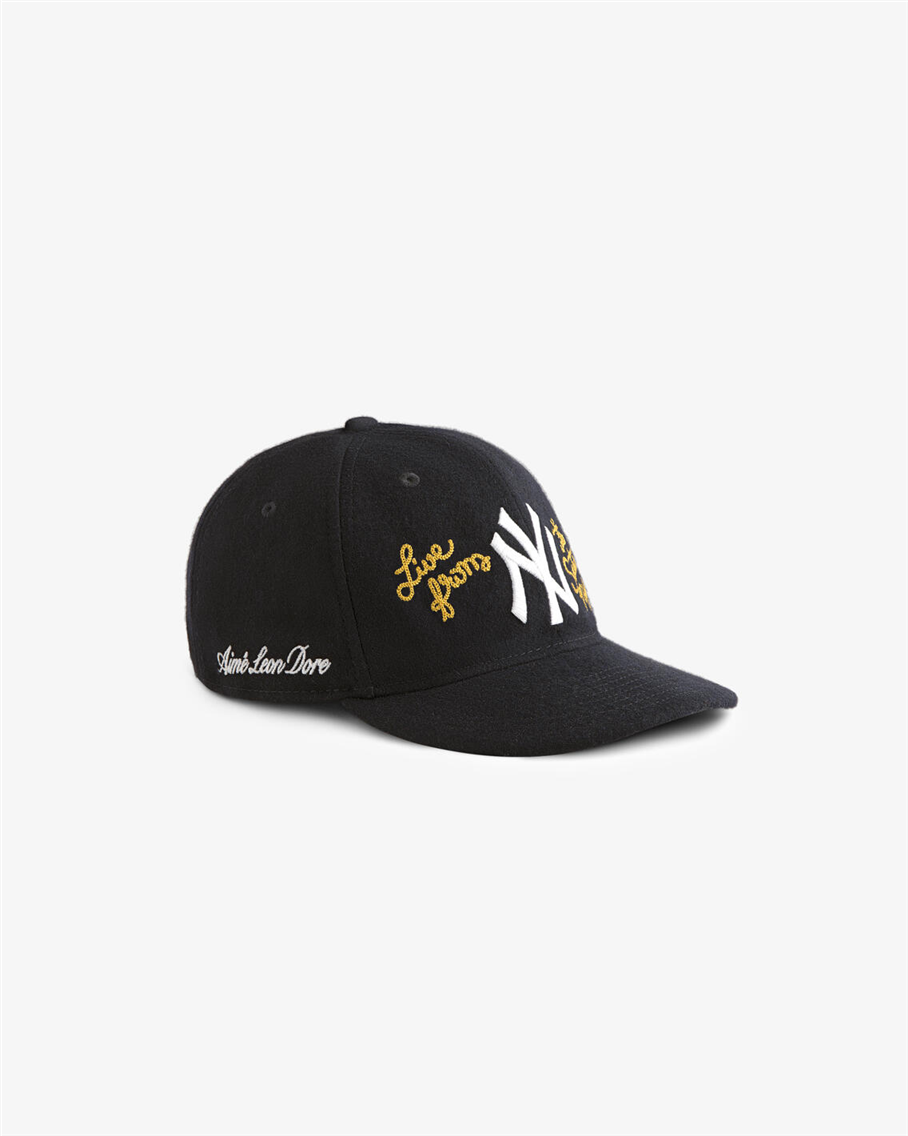
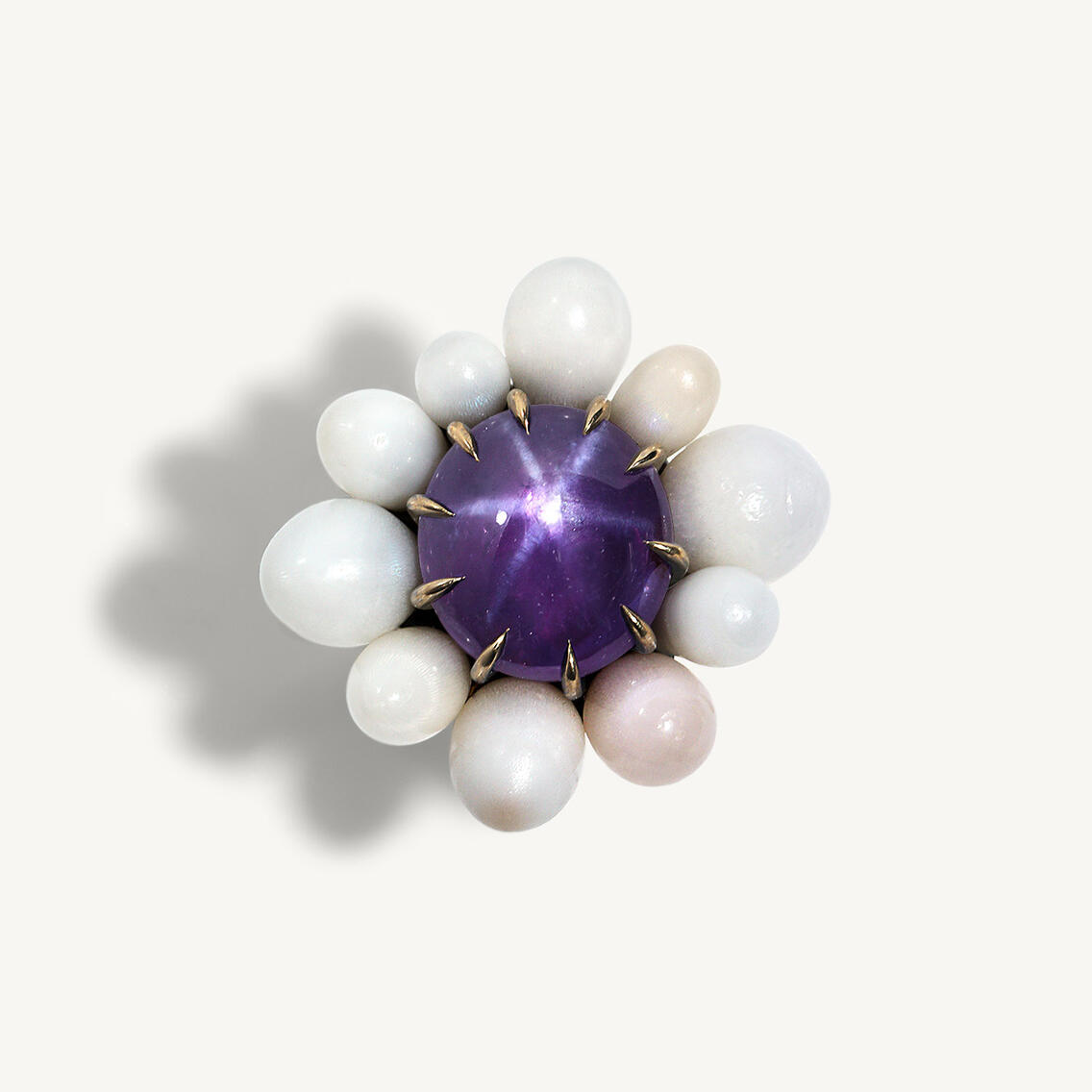
It costs more upfront. Good open light photography, like what we do at LenFlash studio, requires experienced photographers with a specific background and education, as well as advanced lighting setups. You can't fake it DIY or in post-production. But the investment pays off through higher perceived value and better conversion rates.
White Background | Off-White | Open Light |
|---|---|---|
Cost | ||
| $ | $ | $ |
Production Speed | ||
| Very fast | Fast | Fast |
Visual Impact | ||
| Low | Medium | High |
Premium Feel | ||
| None | Slight | Strong |
Marketplace Compliance | ||
| Perfect | Good | Perfect |
Versatility | ||
| Limited | Moderate | Hight |
Best For | ||
| Basic catalogs | Mid-range brands | Mid+ Premium products |
Skill Required | ||
| Basic | Basic | Basic |
When Open Light Photography Makes the Biggest Difference
Some products benefit more than others. If you're selling items where texture, finish, or craftsmanship matter, like electronics, accessories like bags and shoes, luxury goods, or cosmetics, then the difference is dramatic.
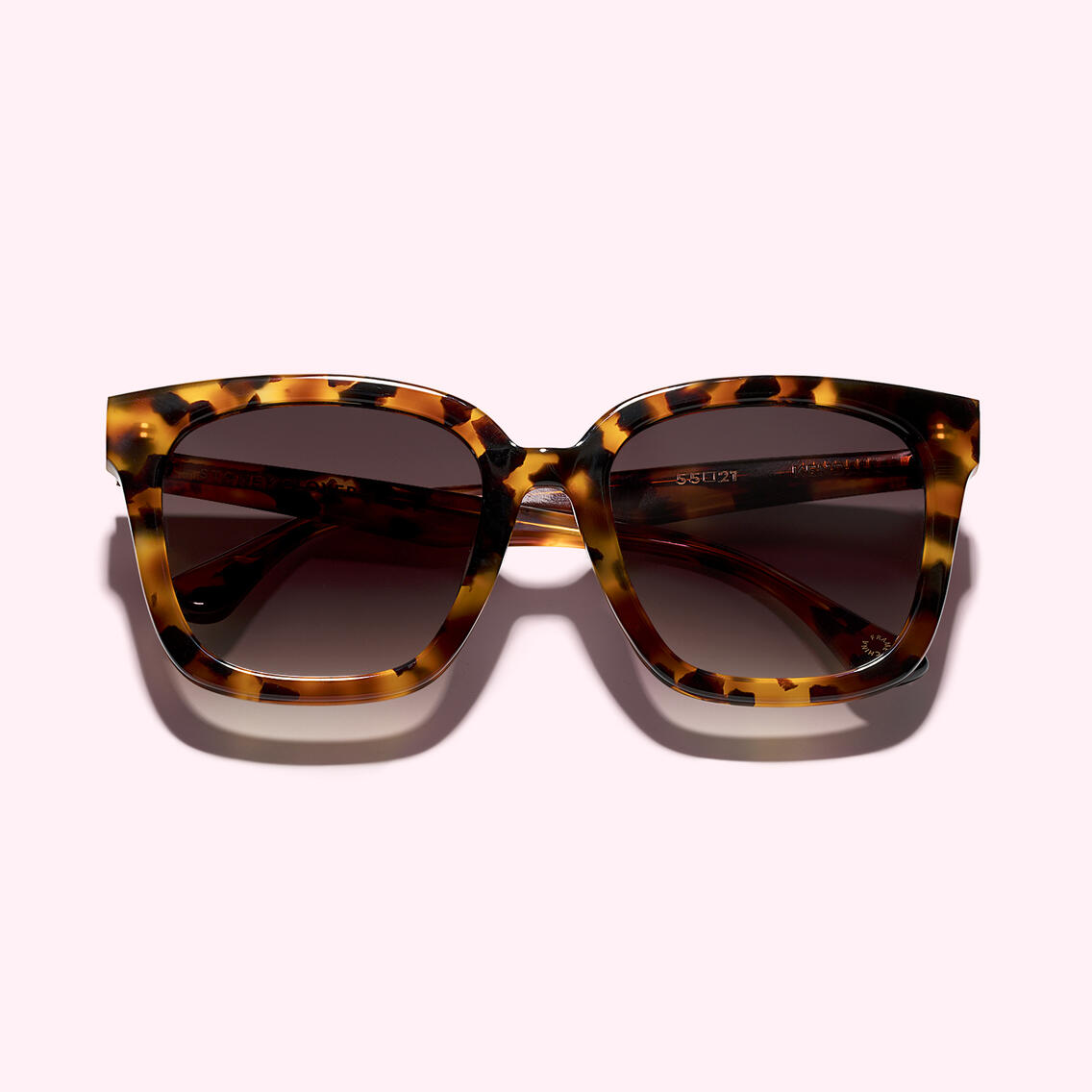
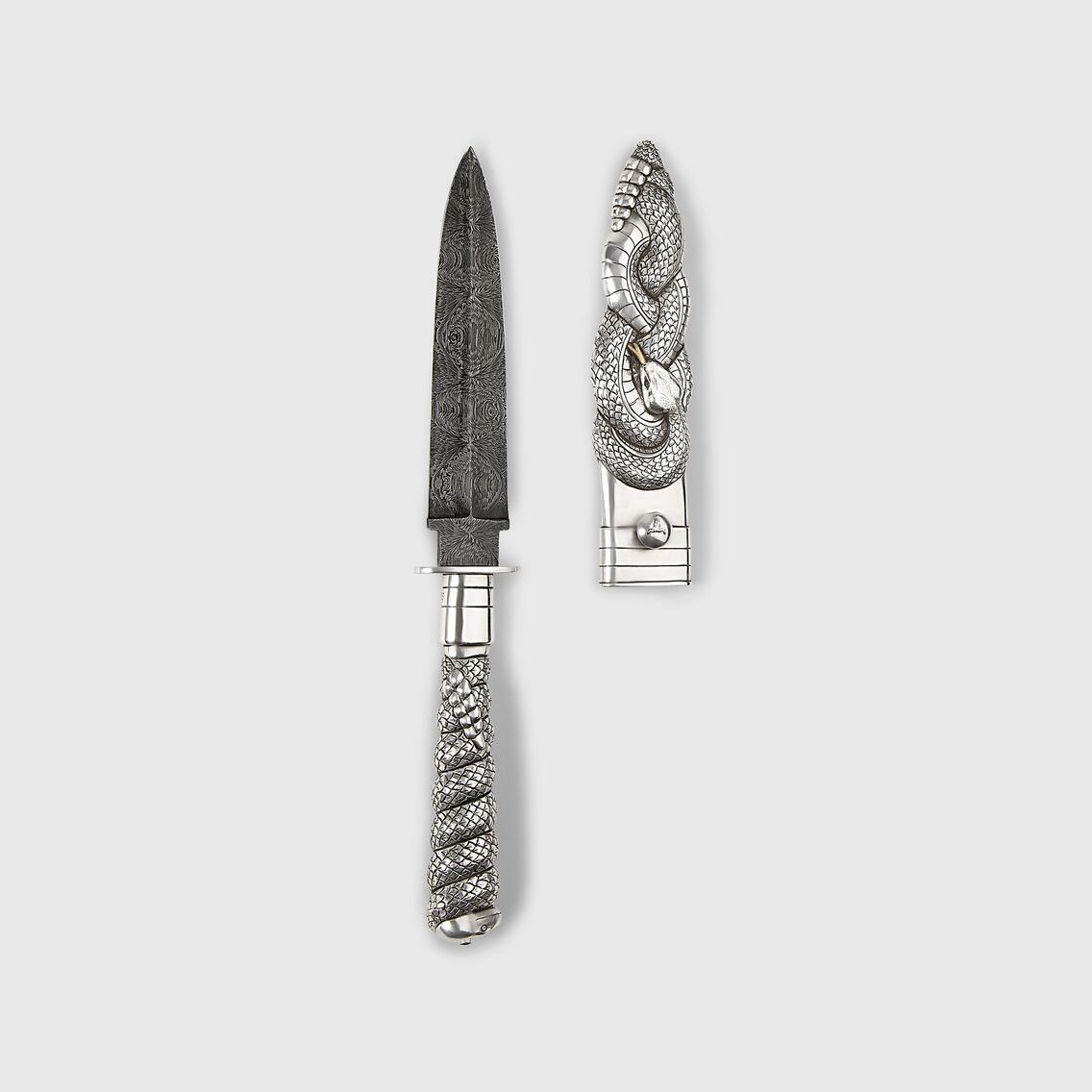
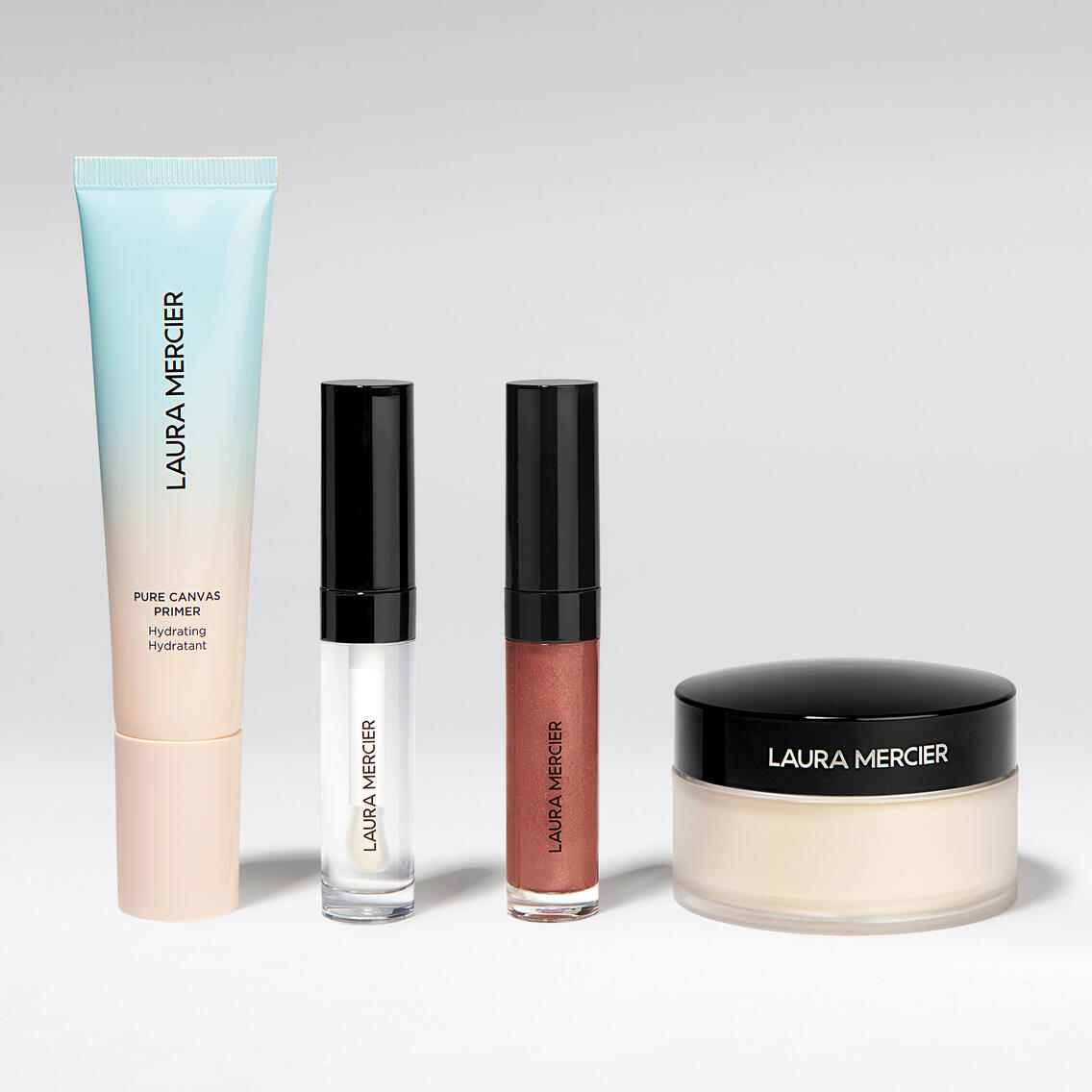
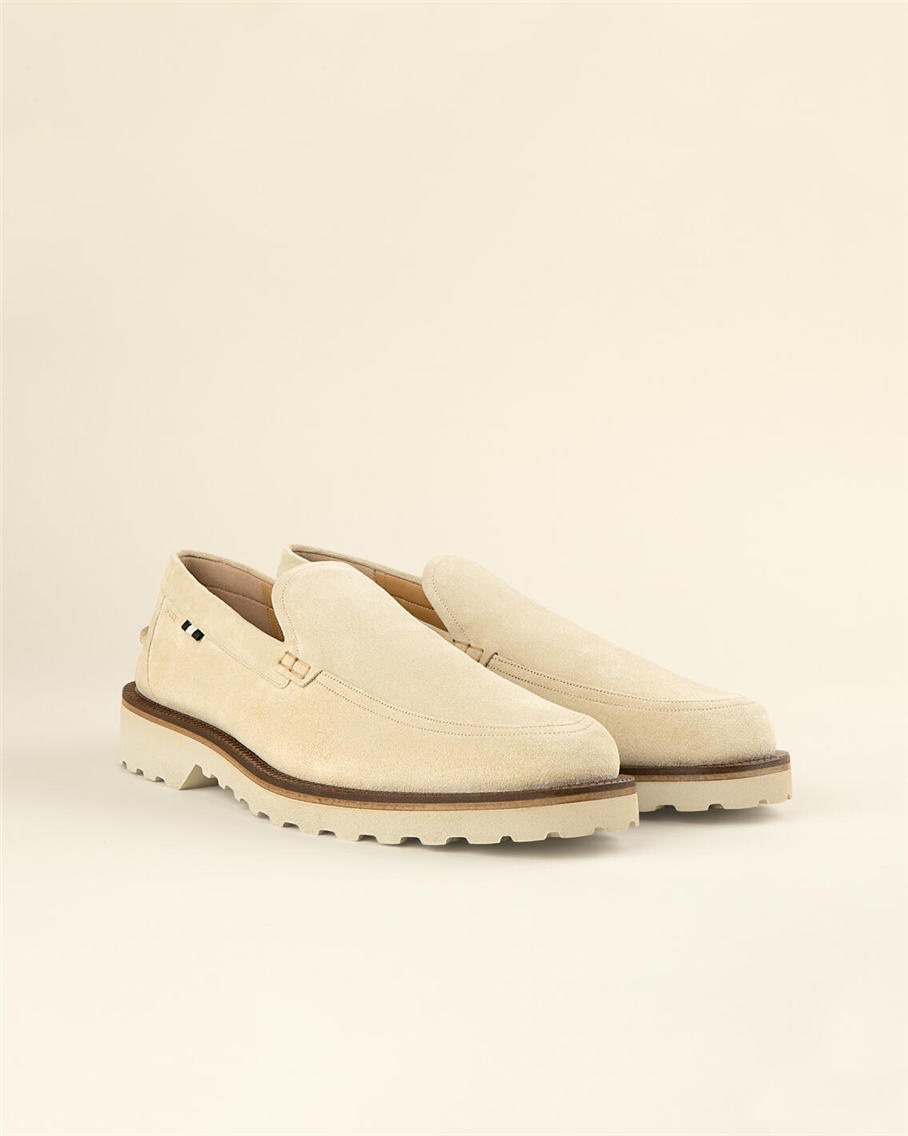

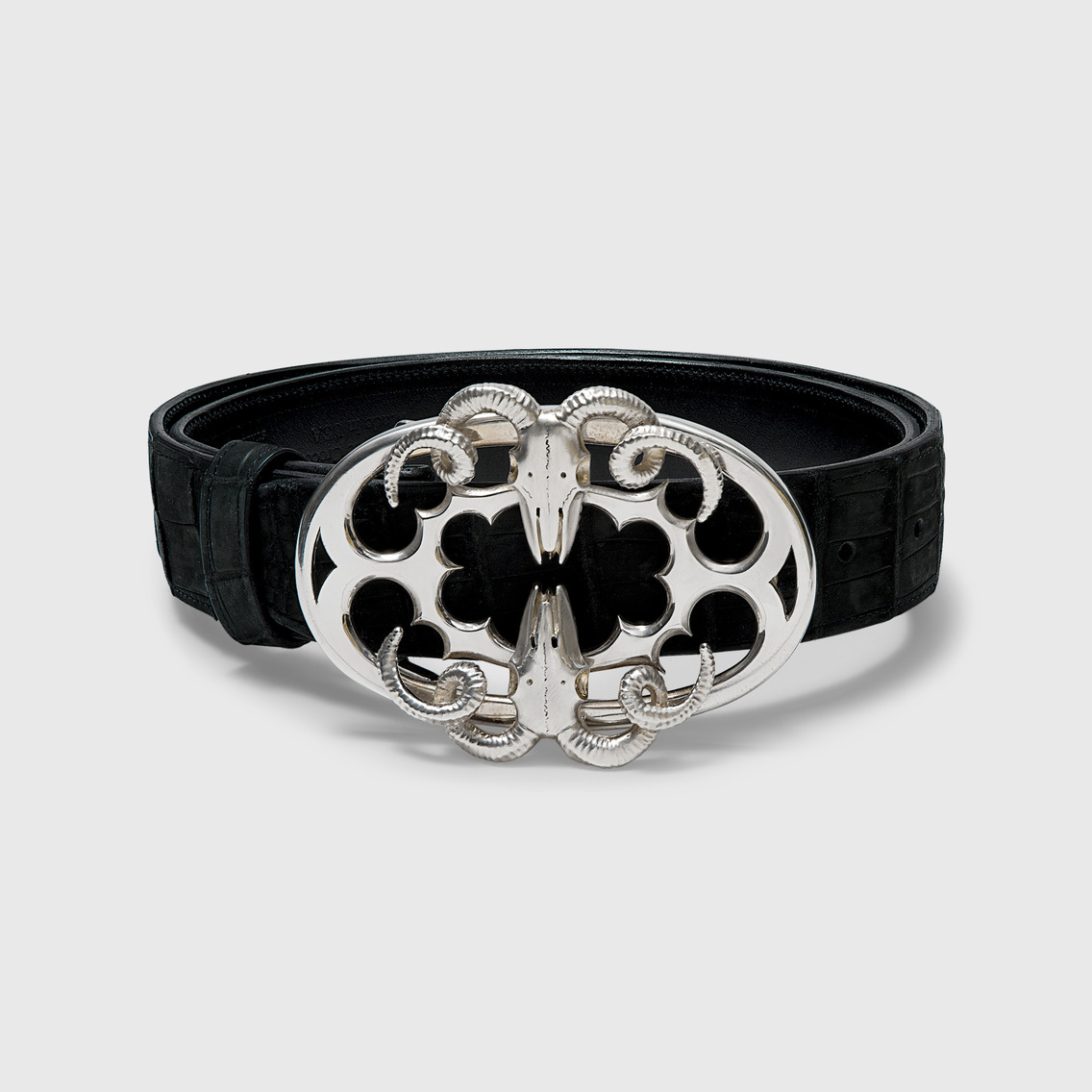
For jewelry, it's almost unfair how much better open light photos perform. We've seen this firsthand at LenFlash studio. Instead of oversmooth images where everything looks the same, you get pieces that actually shine and catch attention. The way we position lights to catch faceted stones or bring out the warmth in gold makes a huge difference in how customers perceive value.


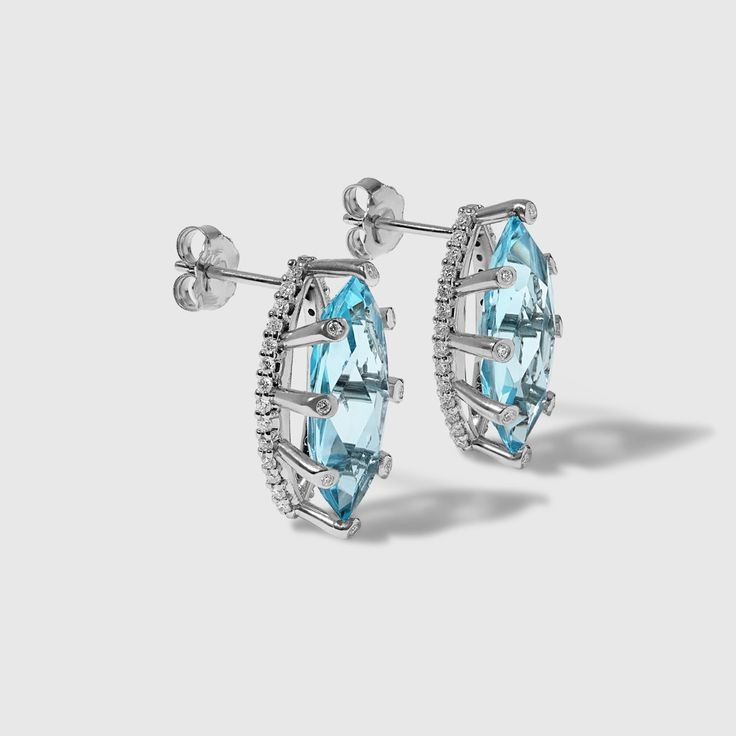
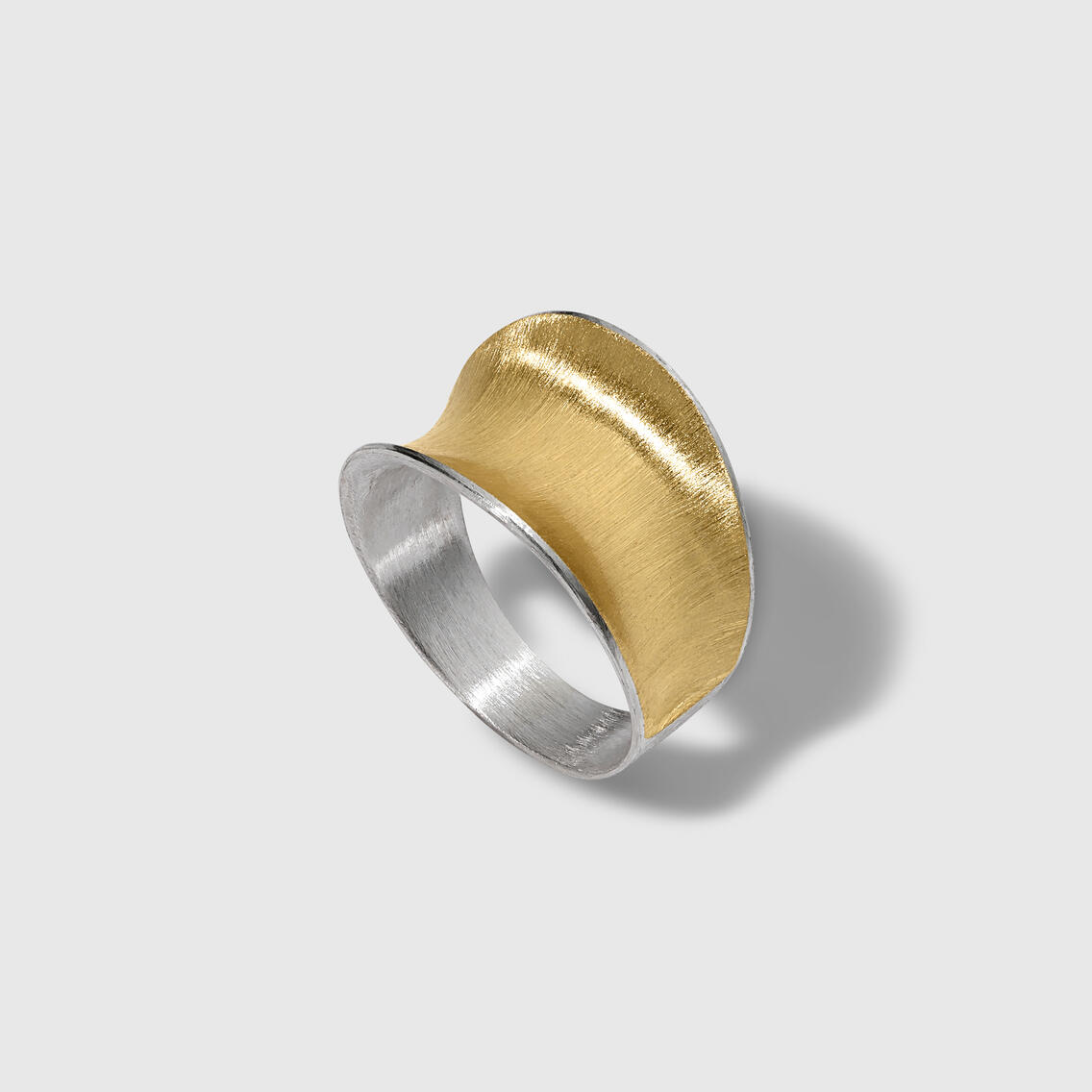
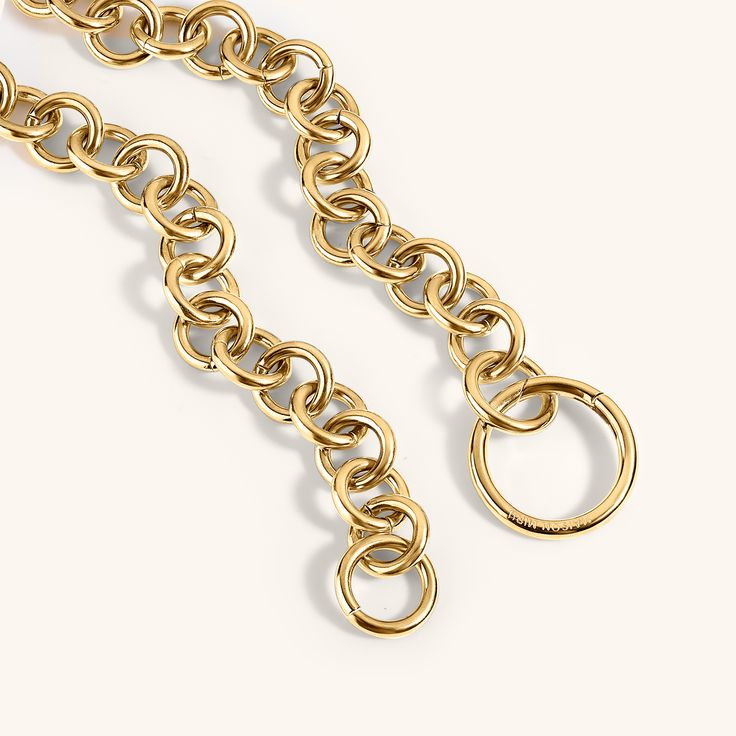
What Open Light Product Photography Really Means for Your Brand
Companies switching to open light photography typically see their conversion rates improve noticeably. Not because the products changed, but because customers can finally see what they're actually buying.
There's also a positioning effect. Better photos signal quality and attention to detail. Customers assume better photos mean better products, and they're often right, because only companies confident in their quality invest in photography where every detail is in the customer’s eyes.
Making It Work for Your Business
Open light photography takes an effort to set up and shoot. If you're launching new products weekly, the production timeline should be defined.
Open light photography costs more than basic product shots. But think about it differently: if better photos increase your conversion rate by even 20%, how much extra revenue does that generate?
For most businesses selling products over $100, the math works out quickly. The real question isn't whether you can afford better photography, it's whether you can afford to keep using photos that make your products look cheap.
The photography goal for e-commerce is not to show products. It's about communicating value, quality, and desirability in the split second it takes someone to decide whether to keep looking or scroll past.
Open light photography gives you that advantage. It makes your products look like they're worth what you're charging. In crowded online marketplaces where everyone's fighting for attention, that might be the difference between thriving and just surviving.
As more businesses realize its impact, it's becoming the expected standard for premium brands. At LenFlash studio, we're seeing this shift accelerate as brands realize that superior product photography is essential for competing online. The question is whether you'll be ahead of that curve or scrambling to catch up. Choose LenFlash as your visual content production partner and be sure that your brand’s visuals are outstanding.

